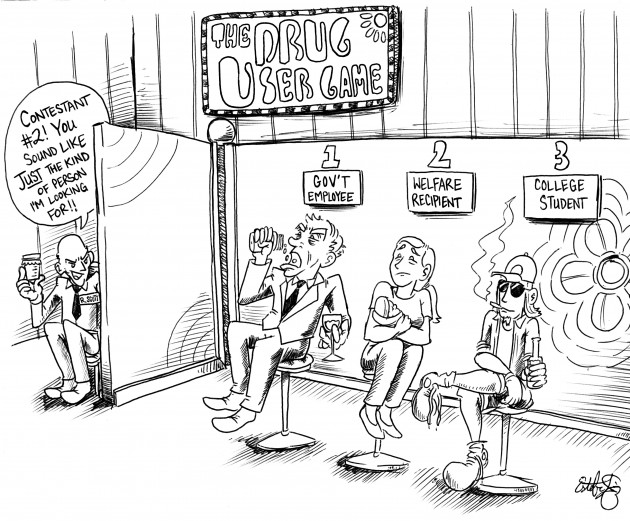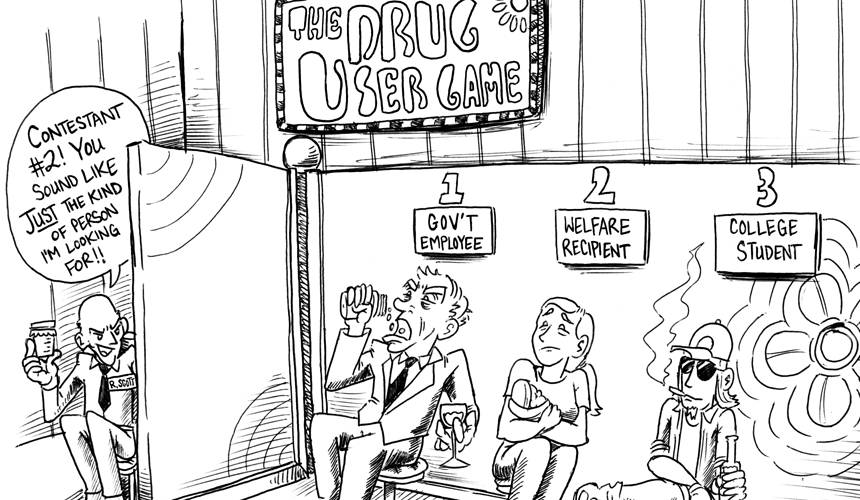
From July through October 2011 in Florida, all recipients of Temporary Assistance for Needy Families were required to undergo drug testing to receive benefits. Applicants were required to pay upfront for the test, which cost an average of $30.
The law was originally passed under the assumption that it would save money and identify drug users within the welfare system.
Florida Gov. Rick Scott was confident the law would be a success. In an interview with T.J. Holmes on CNN on June 5, Scott said, “Studies show that people on welfare are using drugs much higher than other people in the population.”
Scott’s information was based on an annual National Survey on Drug Use & Health conducted by the Department of Health and Human Services through the Substance Abuse and Mental Health Services Agency. The report Scott used was published in 2000.
That’s 12 years ago.
As ACLU’s Jason Williamson told USA Today, “This exemplifies the extent to which folks are willing to scapegoat poor people when it suits political interests. … Subjecting people who are receiving public benefits to government intrusion, and the singling out of poor people in this country under the guise of saving money is worrisome to us.”
One appealing argument suggests that random drug tests can be given to recipients of government aid because by accepting government money, welfare recipients have entered into a contract with the government that apparently precludes guaranteed rights.
As a Feb. 29 USA Today article points out, if this is the logic the state wants to follow, then all recipients of government money must be drug tested. This includes college students, veterans, senior adults, and all government employees.
One can imagine that college students would have higher than a 2.6 percent failure rate, which is what Florida’s program yielded.
In fact, of the 4,086 applicants tested, only 108 tested positive. The 2.6 failure rate is one third of the 8.13 percent drug use rate among all Florida residents. Only 40 people abstained from the tests—if one assumes that all 40 of those individuals would have failed the test, the failure rate among welfare recipients would have been 3.6 percent, still less than half the rate of the general population.
Not only was the governor wrong in claiming that welfare recipients use drugs at a higher rate than other Floridians, he was wrong in suggesting the program would save Florida taxpayers money. In fact, the state spent $118,140 reimbursing the applicants who tested negative for drug use. Subtract the amount the state saved by not paying benefits to the 2.6 percent of people who failed the drug test, and the state ledger stands at negative $45,780.
The only thing this law proved was that lawmakers are still capable of passing laws based on outdated facts and longtime prejudices rather than thinking through the consequences of legislation.
This bill demeans an entire population, curtails Fourth Amendment rights and costs money. It was only in effect for four months in Florida before a federal court blocked it, but other states have introduced similar bills. Hopefully representatives in those states will make a better choice than Florida representatives did.






